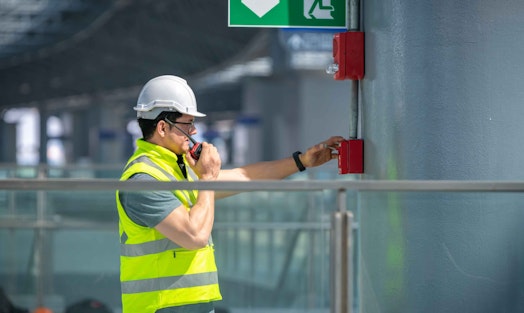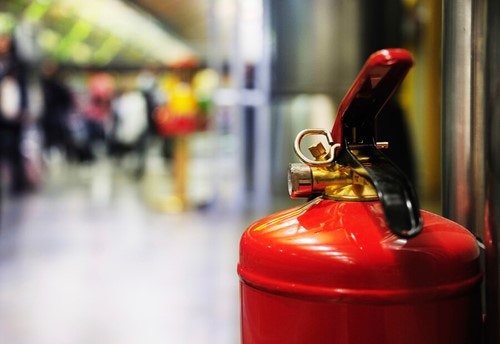Read our article: 'Legionella Outbreak, A Reminder For Employers'. Contact us today for more information about our Employment Law, Health & Safety, and HR services.
NHS Lothian, the City of Edinburgh Council and the Health and Safety Executive are currently investigating an outbreak of Legionnaires’ disease and working to identify its source. At the time of writing there are 82 confirmed or suspected cases. There has been one fatality and 37 confirmed cases, 15 of which are subject to intensive care. It is the largest single outbreak of legionella (Legionnaire’s disease) in the UK for many years. Legionnaires’ disease is a pneumonia like illness caused by the bacteria Legionella pneumophila. The bacteria are naturally present in low numbers in rivers, lakes and reservoirs where the conditions for growth are not favourable. Legionella bacteria can also be found in purpose-built water systems including cooling towers, evaporative condensers, hot water systems and whirlpool spas. Here the water is maintained at an optimum temperature for the bacteria to grow and the increased levels of legionella bacteria result in a higher risk of Legionnaires’ disease. Conditions which increase the risk of legionella being present include water being stored, circulated and recirculated at a temperature of 20-45⁰C, the presence of nutrients for the bacteria and the likelihood of the formation of small droplets of water The disease is contracted through the inhalation of small droplets of water (aerosols) containing the bacteria, or by inhaling particles contaminated with legionella after the water has evaporated, deep into the lungs. There is no documented evidence of person-to-person spread of Legionnaires’ disease. Symptoms, usually high fever, chills, headache and muscle pain, appear between 2-10 days after exposure to the bacteria. A dry cough and breathing difficulties are also common; some patients also suffer diarrhoea, vomiting, delirium and confusion. The disease can usually be treated successfully with antibiotics, but around 12% of cases are fatal. Some sectors of the population, including men aged over 45, smokers, alcoholics, diabetics and those with cancer or chronic respiratory or kidney disease appear to be at greatest risk. Employers and people in control of premises (including landlords) have duties to minimise the risks from legionella under the Health and Safety at Work etc. Act 1974 and associated legislation. They must:- Identify and assess potential sources and the risk of Legionella. They need to consider what water systems are present, including pumps, heat exchangers, showers etc. and all the constituent parts and identify whether they could create a risk of exposure to legionella. In particular they must consider whether: • water is stored or re-circulated as part of the water system • the water temperature in all or any part of the system is 20-45⁰C • there are sources of nutrients, such as rust, sludge, organic matter • conditions are favourable for bacteria to multiply • water droplets are capable of being produced and could be widely dispersed e.g. showers and aerosols from cooling towers • there is potential for people, be they employees, residents or visitors, in the susceptible groups to be exposed to the risk of infection. Manage the risk. Should the assessment identify a risk of the presence of legionella, the responsible person must appoint a competent person to manage the risk. Prevent or control the risk. Ideally the risk of exposure to legionella should be prevented altogether, for example, by replacing a wet cooling tower with a dry air-cooled system. In reality this is not always possible and it is essential to design and operate water services under conditions that prevent or adequately control the growth of legionella. Control measures will be specific to each water system, will aim to control the conditions which favour the growth of the bacteria and will need to be regularly checked to make sure they are working. Maintain records. To show that legal responsibilities have been discharged the responsible person should always keep a record of the actions they have taken. The records should include details of:- • the person(s) responsible for completing the risk assessment • significant findings of the risk assessment • the control scheme and details of its implementation • the date and results of any inspections, tests or checks carried out • actions taken where any of those checks have not been satisfactory. If you are a Peninsula client and your health and safety consultant has identified a potential risk for Legionella at your premises you will have access to detailed guidance on the responsibilities for and the control of Legionella in the workplace as part of your health and safety management system. If you are unsure of the action you need to take, or have taken, or require any further advice or guidance on aspects of controlling the risk of exposure to Legionella do not hesitate to contact our 24 Hour Advice Service on 0844 892 2772 or on-line at H&SAdvice@peninsula-uk.com.



